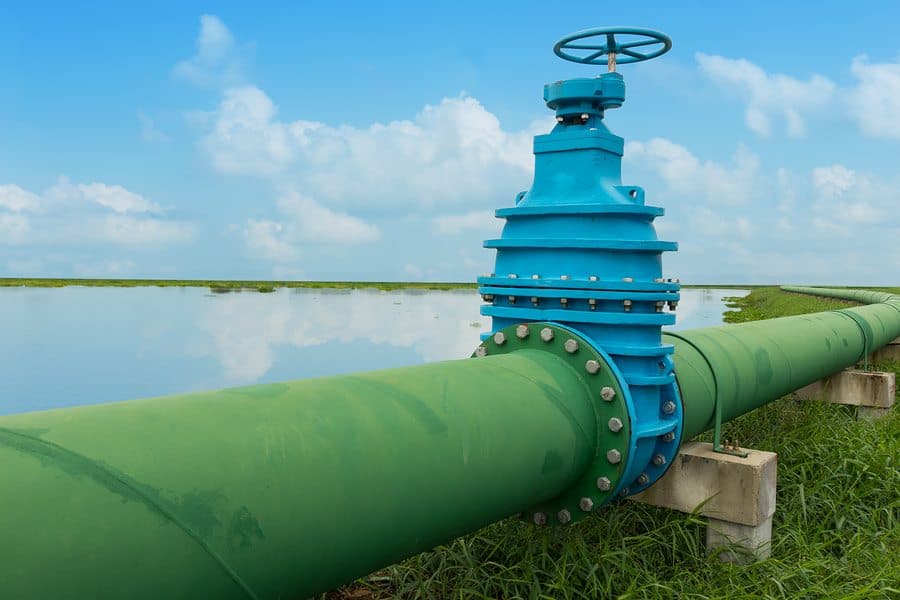Your pipeline is the key to improving your sales process. With proper lead pipeline management — that is, evaluating your pipeline metrics and managing your leads, whether they’re fresh leads or aged leads — you’ll be able to close more sales and take your business to new heights.
All the same, lead pipeline management takes a methodical approach. Here are ten steps you should be sure to employ in your own pipeline management system.
Evaluate Your Pipeline Separately
Isolate your pipeline management from other business concerns, such as revenue forecasting. The most important part of your pipeline is the top of the funnel — how many leads are coming in and whether there’s growth. That’s far away from the bottom of the funnel, where deals are in the process of closing. Save that discussion for another day.
Consider the Customer Journey
Remember your customers don’t care about qualification or sales objections. They care about their own experience from the buying side, not the selling side of things. Speak their language. This entails steps like active listening, pain acknowledgement, features and benefits discussions, and decision making.
Focus on the Important Metrics
When you’re evaluating the health of your pipeline, not all metrics are created equal. Picking the right areas to concern yourself with is key to good management. There are three primary factors to look out for. First, how does the size of an opportunity in dollars compare to your average won sale size? The larger the disparity, the less likely it is to close. Second, how old is an opportunity compared to your average win cycle. Fresh opportunities are better than stale. Third, what’s your win rate? How many opportunities do you have to try for before you get a sale?
Know What Kills a Sale
A number of factors can predict an opportunity in your pipeline isn’t going to pan out. Especially keep an eye out for slow-moving or stalled pipeline opportunities, opportunities that jump around your pipeline stages haphazardly, situations where an opportunity is much larger than your typical deal, opportunities that change size several times, and opportunities that keep running into closing delays.
Study Your Pipeline’s History
They say those who don’t learn from history are doomed to repeat it. I’d say this is also true when it comes to your pipeline. Examine your pipeline’s performance over time. What has changed, what is constant, and is this positive or negative? Pay attention to quarterly and yearly pipeline growth and whether that growth meets your pipeline goals.
Qualify Your Pipeline Opportunities
Bigger is not always better and quality of opportunity almost always outweighs quantity of opportunity. Streamline your sales pipeline so that you attract high-quality opportunities at the top of your funnel. You don’t want to waste sales rep resources on opportunities that appear weak from the start.
Prune Your Pipeline Regularly
Make a habit of pruning your pipeline of unlikely-to-convert sales on a regular basis. Beyond saving time, this will improve the quality of your metrics. A high number of weak prospects will otherwise skew your won/lost ratio and your forecasting abilities.
Know Your Strengths
Every business has particular opportunity strengths, deals that are won more often than not. These are deals of a certain dollar value and a common path to closing. Some experts call this the strike zone. When you are looking to prune your pipeline and only qualify the best leads, this zone is what to keep. When an opportunity is very atypical, it’s less likely to close and may be worth pruning from your pipeline.
Regulate Pipeline Flow
Just as a business has a cash flow to regulate, you also need to be aware of and in control of your pipeline flow. Opportunities come in, deals — won or lost — come out the other side. You must manage your pipeline to ensure that enough new opportunities come in to replace deals that were lost further in your pipeline. Your win/loss ratio will be important to determining that required volume. If you want your pipeline to grow over time, you’ll need to add even more high-quality opportunities to create more closed sales at the end of your funnel.
Manage Each Stage of Your Pipeline
Ideally, you want to know where you stand at each stage of your pipeline. How likely is a prospect in the follow-up stage to close, compared to a later-stage prospect? Defining the likelihood of closing at different pipeline stages should help you better manage your pipeline. You should be able to forecast booking or sales meeting volume based on your pipeline numbers. This in turn will help you determine how to fill the top of your funnel for future growth.
Managing a pipeline well takes a great deal of discipline and organization. The payoff, though, is the growth and predictability that comes from putting in the work. I promise you, it’s well worth the effort!
Need to fill your newly focused sales pipeline with high-quality leads? Consider purchasing from the Aged Lead Store. You’ll find thousands of high-quality sortable aged leads that are ready to go, whether your business is auto, life, health, or home insurance, mortgage refinance, or solar installation.















